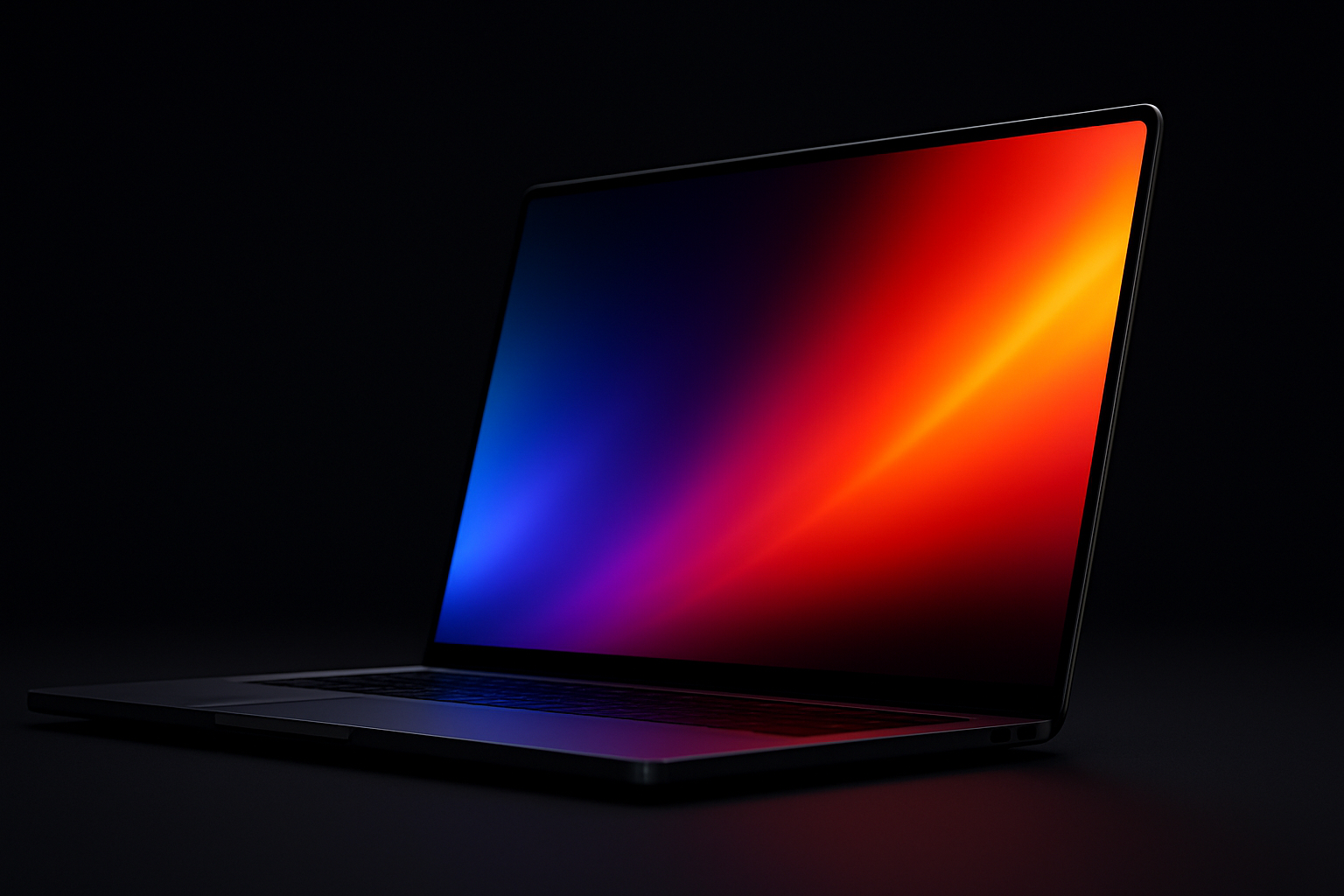At the core of every iPhone, iPad, and Mac lies a marvel of engineering: the Apple processor. For over a decade, Apple has meticulously crafted its own silicon, and the advancements are now truly breathtaking. The current generation, Apple silicon for the Mac, is already on its fourth iteration, constantly pushing the boundaries of what’s possible.
What sets these chips apart isn’t just speed, but a remarkable balance of performance and power efficiency. However, not all chips are created equal. Understanding the nuances between each processor is crucial, especially when considering a new device. Knowing the differences empowers you to make informed decisions, ensuring your investment aligns perfectly with your needs.
Let’s delve into a detailed comparison of Apple’s processors across its entire product line. We’ll examine how each chip performs, and what that performance translates to in real-world usage. For a consistent and objective measure, we’ll be utilizing Geekbench 6 benchmark scores, providing a clear picture of each chip’s capabilities.

The landscape of iPhone processors reveals a clear hierarchy. The A19 Pro, powering the iPhone 17 Pro and Pro Max, reigns supreme in performance. A slight step down, the A19 in the iPhone Air offers nearly identical power, differing only by a single GPU core. Even the more affordable iPhone 16e delivers impressive performance, with only a minor difference compared to the standard iPhone 16.
Looking at the iPad lineup, the M5-equipped iPad Pros stand out as exceptionally powerful. Their performance rivals that of a MacBook Air, blurring the lines between tablet and laptop. The 11th-generation iPad, recently updated with the A16 chip, represents a significant upgrade over its predecessor, offering a noticeable boost in responsiveness and capability.
Apple’s M-series chips for the Mac represent a paradigm shift in performance. The company employs a tiered release strategy, starting with the base M-series chip in the MacBook Air, Mac mini, and iMac, then building upon it to create the Pro, Max, and Ultra variants. The latest, the M5, debuted in the fall of 2025 with the new MacBook Pro.

The M4 Max is a powerhouse, delivering exceptional CPU and GPU performance. For those requiring maximum expandability, the Mac Pro still utilizes the M2 Ultra, offering PCIe slots for customization. However, for sheer speed, the M3 Ultra in the Mac Studio currently holds the title of Apple’s fastest Mac processor.
It’s important to remember the legacy of the M1, the chip that initiated this revolution. While it may seem modest compared to today’s offerings, the M1 dramatically outperformed the Intel processors it replaced, offering an unparalleled value proposition. It laid the foundation for the incredible advancements we see today, proving Apple’s commitment to innovation and pushing the boundaries of silicon technology.






